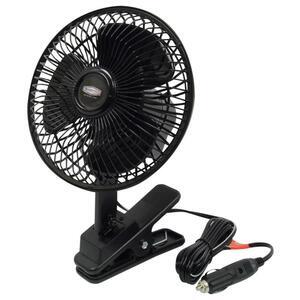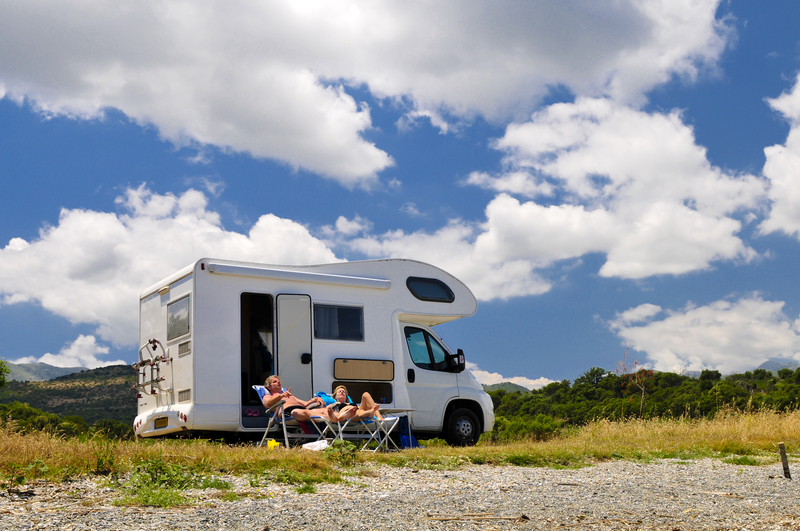Such a crucial question! No one wants to guesstimate when they are going to run out of power while boondocking out in the wilderness, chilling, sipping a cold one. If you do, and are far away from amenities (plus… don’t drink and drive please!) it may be a not very pleasant rest of your evening. No power is no fun!
Related post: How do RV Solar Systems Work?
Calculating how much RV battery power you need to boondock comfortably is not that complicated. A lot of what is written online gets very confusing very quickly and it does NOT need to be. The main thing to understand is that you can calculate in watts and then easily convert to amps, or vice versa. It’s no big deal either way.
To start add up watts used per day for each appliance
What electrical items (120 volt or 12 volt) do you absolutely need to power up during the day? Check how many watts they use (which will be for one hour of usage) and add up the time you use that appliance per day.
Watts X How Long is Used = Watts per Day
Do you have to use a 60 watt CPAP machine at night to breathe comfortably? When plugged in for eight hours it will consume 480 watts of power from your battery bank i.e. 60 watts X 8 hours = 480 total watts per day.
And what about that 12 volt fan you just bought specifically for boondocking and plan to use at least four hours a day. How many watts are you using? The RoadPro fan in the photo is listed at 15 watts, so 15 times 4 is a total of 60 watts per day.

It doesn’t matter whether the appliance is run from DC 12 volt power or 120 volt AC power. The watts listed are the number of watts the appliance consumes in one hour. You then just multiply that number by how many hours/minutes you plan on using it per day.
The manual for the water heater in your rig says 120 volts, 1500 watts. So when you turn it on, it will consume approximately 1500 watts in an hour. In 10 minutes the water is hot, you jump in and take a five minute shower. How many watts did you use? You divide that hour rating into your 15 minutes of use i.e. 1500 divided by 4 (15 minutes is 1/4 of an hour) = 375 watts.
Related post: How Many RV Solar Power Panels Do You REALLY Need?
What about appliances listed in amps?
Many things in your rig give their power rating in amps. Big deal. Converting amps to watts is simple, just multiple by the voltage. Is your microwave listed at 13 amps? That means it will use up 13 amps in one hour, right? So to get the watts rating just multiply by the voltage. It plugs into your 120 outlets so we multiply 13 X 120 = 1560 watts.
Amps X Volts = Watts
That 1560 watts is for ONE HOUR of use! Do you use it for around 10 minutes per day? That would be only 260 watts per day. How about your TV? It most likely uses less than two amps per hour. So we multipy 2 X 120 = 240 watts. Is it a 12 volt TV? Then multiply the two amps by that voltage. So 2 X 12 = 24 watts per hour. If you watch that 12 volt TV for four hours your total usage would be 96 watts per day.
What about the inverter that takes DC power from your battery and inverts it to AC power for your 120 volt outlets? If you ONLY use 12 volt appliances and propane you do not need an inverter. But most folks use some AC power while boondocking.
Add these numbers to your total of how much power (in watts) you are using per day and get ready to calculate how much battery power you need per day. This is an APPROXIMATE number. There are things in your rig that you may not think to calculate in such as a small, continuous draw of power that goes to your propane water heater for the small electric spark used at start up.
Be sure to also include watts required for surge at start up for some appliances. Your air conditioner and microwave use a lot of power to start up the unit. This blast of power to get the appliance running is referred to as a “surge.” A small AC unit may consume only 600 watts per hour (larger units 1500 watts) but may need 1900 watts or more to power up.
Convert amount of daily watts into battery amp hours
RV battery power is calculated in amp hours (AH). This short post on how to add up how much power you use in your rig daily isn’t meant to cover all the issues related to RV batteries. There are a ton of them. But probably the most important thing to note in general is that you can expect to have available close to 100% of the AH listed for a lithium battery, and only 50% or so of the AH listed on a lead-acid battery.
Related post: The Difference Between Lithium and Lead-Acid RV Batteries
All we are doing here is getting a good grasp on approximate numbers of your electricity usage and battery power needs. From there you can dig deeper as needed and focus on issues specific to your specific RV travel situation.
That said, to get an idea of the size of RV battery bank you need when camping off grid take that number you arrived at for total watts used per day and divide it by 12 volts. Why 12? We are dividing the watts by the battery voltage, and RV batteries are 12 volt.
Watts ÷ 12 Volts = Battery Amp Hours (AH)
So if your total power usage came out to an average 2000 watts per day, divide 2000 by 12 to get how many battery amp hours you need: 2000 ÷ 12 = 166 amp hours.
So a 200 AH lithium battery should be sufficient for your power needs, or two 200 AH lead-acid batteries. To stay off grid for days or weeks at a time, you’ll need to power back up that battery or batteries every day to keep up with that level of power usage by using a generator or solar power system.
Cheers.

